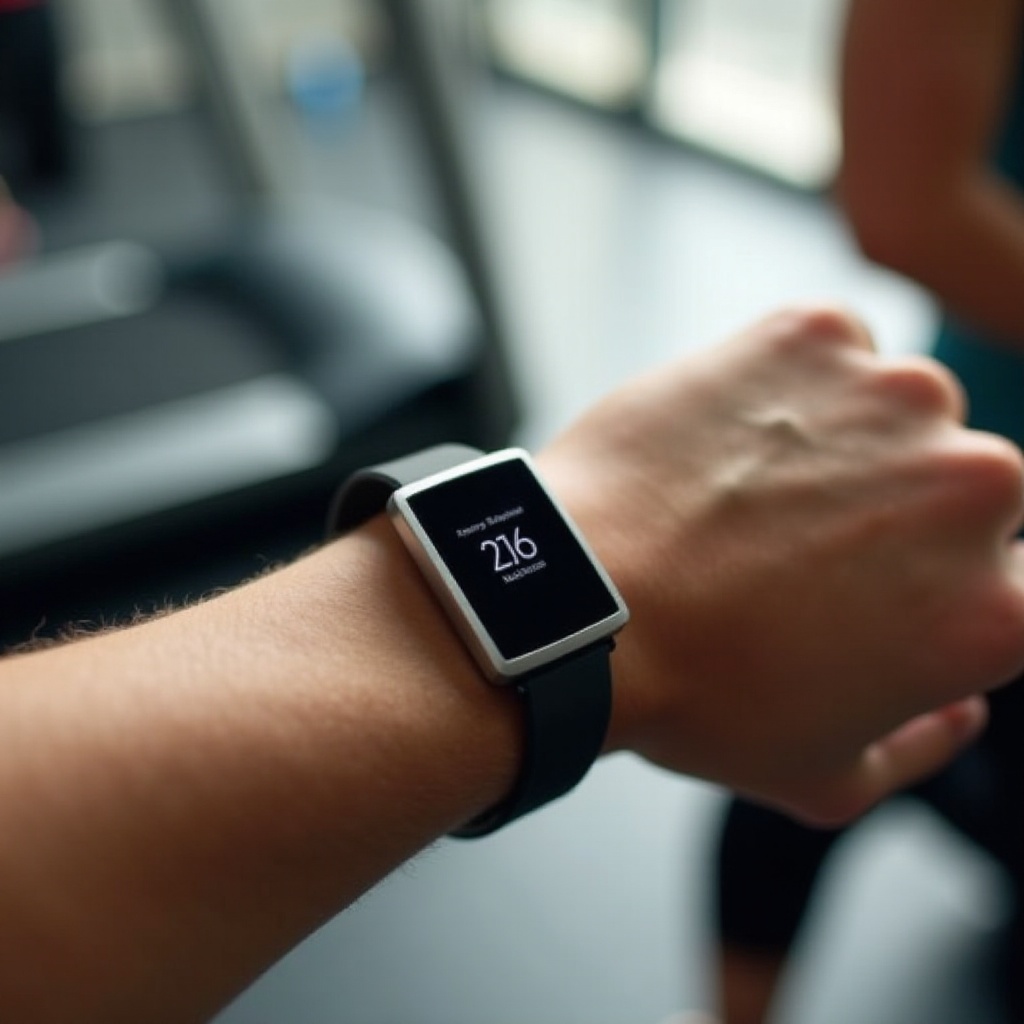In the diverse landscape of fitness technology, Fitbit stands out as a prominent leader, offering a range of features designed to enhance personal health management. One of its most valuable capabilities is calorie burn estimation, a crucial metric for those monitoring fitness progress or managing weight. However, the accuracy of these estimations often comes into question. Understanding how accurately Fitbit calculates calorie expenditure is essential for users who rely on this data to guide their health decisions. This article aims to explore the inner workings of Fitbit’s calorie tracking, discuss the variables affecting its accuracy, and compare its estimations with other measurement methods, providing users with a comprehensive insight into how they can best use Fitbit data in their fitness journeys.
Understanding Fitbit’s Calorie Tracking Mechanism
Fitbit devices leverage a blend of sophisticated sensors and advanced algorithms to estimate calorie burn. Central to this is the integration of heart rate monitors, which assess the user’s pulse continuously, and accelerometers, which capture motion data. These sensors work together to create a dynamic profile of the user’s activity level throughout the day. The heart rate monitor fine-tunes the calorie burn estimate by assessing the intensity of exercise, while the accelerometer adds context by recording all forms of movement, from leisurely walks to rigorous workouts. This synergy between sensors helps Fitbit devise an estimated calorie output for various activities, although the complexity of human motion can present challenges in maintaining absolute accuracy.

Factors Influencing Fitbit’s Calorie Burn Accuracy
Personal Data Input
A pivotal aspect of Fitbit’s calorie calculation is the user’s personal data input. The device uses metrics like age, weight, height, and gender to calibrate its algorithms, thus tailoring the calorie estimates to individual users. Any inaccuracies in these data points, such as an outdated weight or incorrect age, can lead to variations in calorie estimates. Thus, it is vital for users to ensure that this data is regularly updated and accurately inputted into the device. By doing so, they align the tracking features with their current physical condition, which in turn enhances the reliability of the calorie burn data.
Exercise Intensity and Type
The precise tracking of calorie expenditure heavily depends on the intensity and type of exercise performed. For rhythmic activities like running, swimming, or cycling, Fitbit devices are generally effective in tracking due to their predictable patterns and consistent intensity levels. However, for exercises characterized by sporadic movements or varying intensities, such as weightlifting, yoga, or high-intensity interval training (HIIT), the device might struggle to provide accurate readings. This is because Fitbit’s algorithms primarily focus on aerobic exercises and may not fully account for the challenges of capturing complex anaerobic movements. Awareness of these limitations allows users to interpret the calorie data with a critical eye, making necessary adjustments for more complex workouts.

Comparing Fitbit’s Calorie Estimations with Other Methods
To put Fitbit’s calorie burn accuracy into perspective, it’s helpful to compare it with other methods such as metabolic testing or different fitness trackers. Metabolic testing, a precise but less accessible form of calorie measurement conducted in controlled environments, sets a benchmark for accuracy, though it’s not practical for everyday use due to its cost and complexity. In contrast, various studies indicate that while Fitbit’s estimates are generally reliable for casual monitoring, discrepancies can arise, particularly during non-standard exertion levels or activities not easily captured by the sensors. When compared with other fitness trackers, Fitbit often fares well in consistency, but like many consumer devices, it is bound by the inherent limitations of generalized algorithmic predictions. Understanding this comparative framework allows users to better value Fitbit’s role as a convenient and insightful, yet imperfect, monitoring tool.

Summary
In conclusion, Fitbit devices offer a highly accessible and generally reliable means of tracking calorie expenditure. While perfect precision in any wearable device remains elusive due to technological constraints and the variability of human activity, understanding how Fitbit’s sensors and algorithms work alongside personal input can significantly enhance its utility. By maintaining updated personal information and considering the nature of specific exercises, users can use Fitbit as a supportive tool in their fitness routine rather than relying on it as an infallible metric. With informed usage, Fitbit serves as an effective guide, providing beneficial insights to help meet health and fitness goals. Acknowledging its limitations while appreciating its capabilities enables users to harness the full potential of their Fitbit devices as part of a broader lifestyle strategy.
How accurate is the Fitbit calorie burn measurement across different models?
Fitbit calorie burn measurements can vary in accuracy across different models, largely due to the sensors and algorithms each device uses. Generally, newer models with advanced sensors, such as heart rate monitors and accelerometers, tend to provide more accurate calorie burn estimations. The accuracy can also be influenced by how well the device is synced with personal health information like age, weight, height, and gender. Although Fitbit strives for precision, these estimates are approximations and can have a margin of error influenced by factors like user input accuracy, physical activity level, and individual metabolic differences.
Why might Fitbit show a higher number of calories burned?
Fitbit might display a higher number of calories burned for several reasons. One possibility is overestimation due to inaccurate input of personal information such as weight or age. Additionally, Fitbit’s algorithms may overestimate calories burned during specific activities if the heart rate sensor is not functioning optimally or if there is movement data misinterpretation during non-exercise periods (known as “non-exercise activity thermogenesis”). Furthermore, Fitbit calculates calories burned not only from exercise but from resting metabolic rate (RMR) and daily activities, so higher overall values can appear when combining these totals.
How does Fitbit calculate the calories burned?
Fitbit calculates calories burned using a combination of basal metabolic rate (BMR), activity-based data, and heart rate monitoring. The BMR is estimated from the user’s input information such as age, gender, weight, and height to determine the number of calories burned at rest. For specific activities, Fitbit measures movement through its accelerometer, and if available, heart rate data is also incorporated to refine the calorie burn estimate. By assessing this data in real-time, Fitbit uses proprietary algorithms to adjust the calorie calculation, reflecting the wearer’s accumulated expenditure over time.
